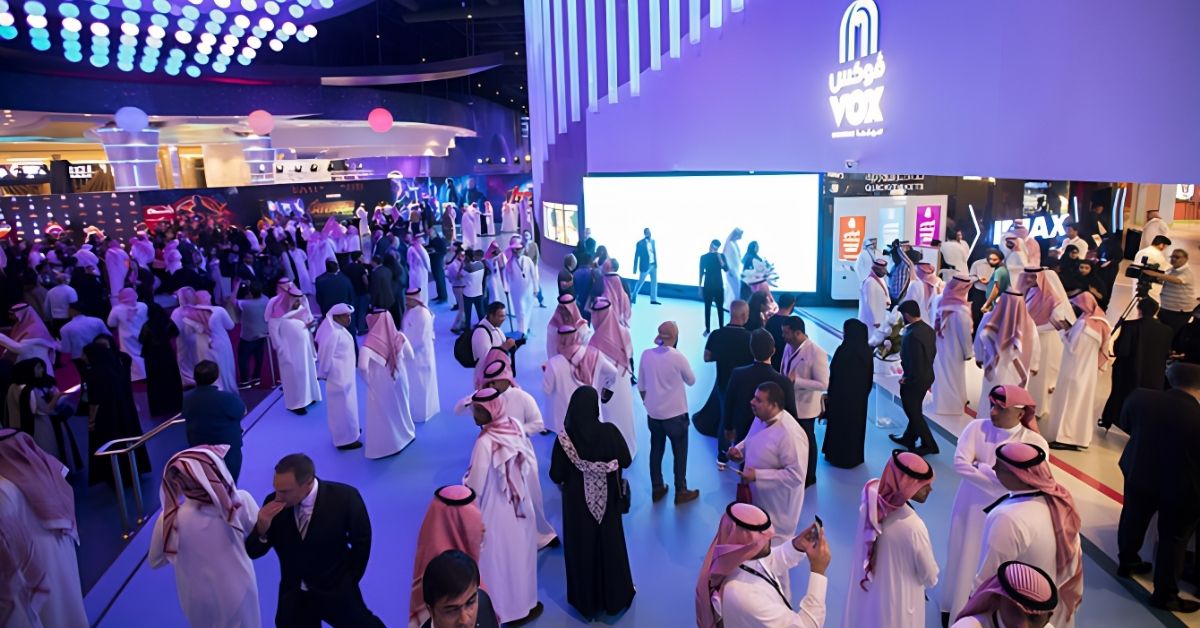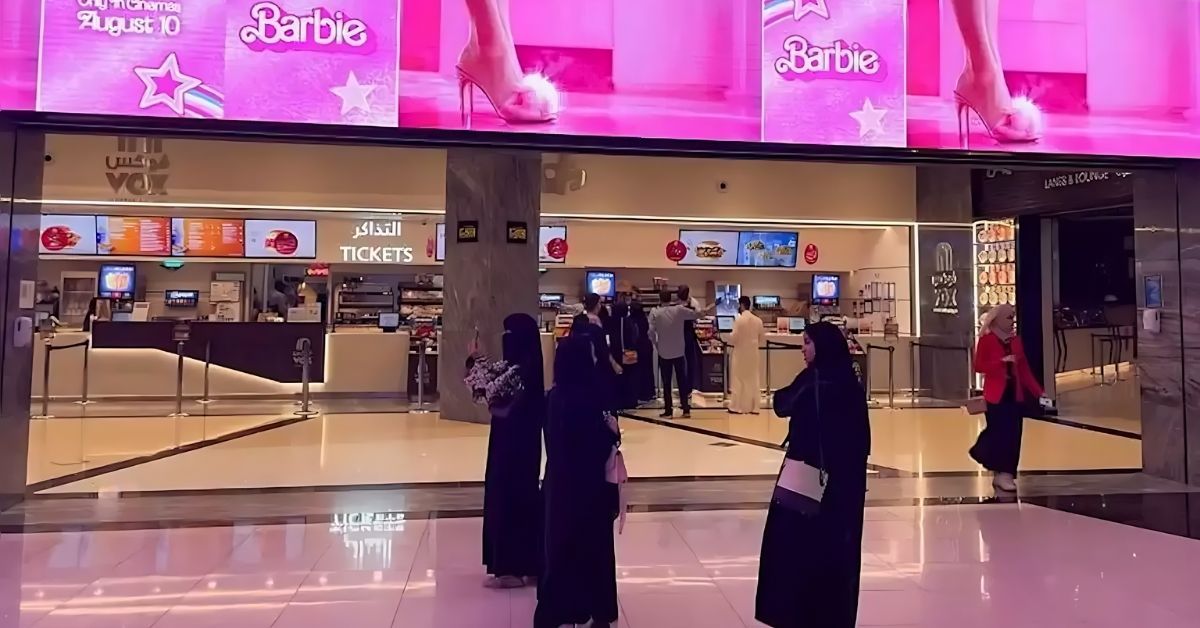RIYADH — In the heart of the Middle East, Saudi Arabia is undergoing a transformative journey, shedding its conservative past and embracing a future where art and cinema flourish. Just half a decade ago, the idea of watching a movie premiere in a Saudi cinema was unthinkable. Today, the nation’s cinematic evolution is making headlines worldwide.
The “Kingdom of today” is a stark contrast to its yesteryears. Major international publications, including The New York Times and the Hollywood Reporter, have highlighted this metamorphosis. Their spotlight was particularly drawn by the Barbie movie saga. Banned in Kuwait, the film found an unexpected audience in Saudi Arabia, leading many Kuwaitis to cross borders for a cinematic experience.
Since August 10, Saudi Arabia, alongside the UAE and Bahrain, has screened the contentious movie, albeit with modifications to align with the Kingdom’s content standards. The demand? Overwhelming. Kuwaiti youth, eager to catch the film, traveled to Saudi’s eastern region cinemas, just a short drive from their homeland.
The film’s global success, with revenues surpassing a billion dollars since its July 21 release, has stirred debates on feminism and masculinity, especially in the Middle East. The New York Times observes that the Saudi audience’s reception of the film is a testament to the nation’s changing ethos. A mere eight years ago, this landscape was barren of cinemas. Today, young Saudis, adorned in pink costumes and nail polish, celebrate movie premieres.

Historically, Saudis ventured to neighboring Gulf nations for cinematic experiences. Bahrain and the UAE were popular destinations due to the Kingdom’s theater void. However, the cinematic scene in Saudi Arabia is not without its boundaries. Rigorous regulations have led to bans on prominent movies, like Doctor Strange 2 by Marvel. The General Authority for Audiovisual Media emphasizes its commitment to content safety and its responsibility towards viewers.
In 2018, the Kingdom introduced a content classification system, ensuring age-appropriate viewing. This system, encompassing six categories, ensures that films align with viewers’ age, scenes, and themes.
Since the reopening of the Kingdom’s first cinema in April 2018, Saudi Arabia’s cinematic sector has witnessed exponential growth. The nation now claims the title of the Middle East’s fastest-growing box office. In 2022, Saudi cinemas raked in around $250 million, marking a 9 percent increase from the previous year. By the end of 2022, the Kingdom boasted 63 cinemas, a significant leap from 54 in 2021. Ambitiously, the government envisions 350 theaters showcasing 2,500 films by 2030, aligning with the “Vision 2030” initiative.
Saudi’s “Movie Cinema” company plans to invest a staggering US$160 million in cinematic content production over the next five years. Their initial offerings, Sattar from Saudi Arabia and Two for Rent from Egypt, have already graced theaters. The company’s CEO projects an increase in production to 20 films annually by 2025, driven by the surging demand for local movies.
To sum it up, Saudi Arabia’s cinematic renaissance is not just about entertainment. It’s a reflection of a nation’s evolving identity, a testament to its resilience, and an emblem of its aspirations. The silver screens of Saudi are not just projecting movies; they’re showcasing a nation’s progressive narrative.







